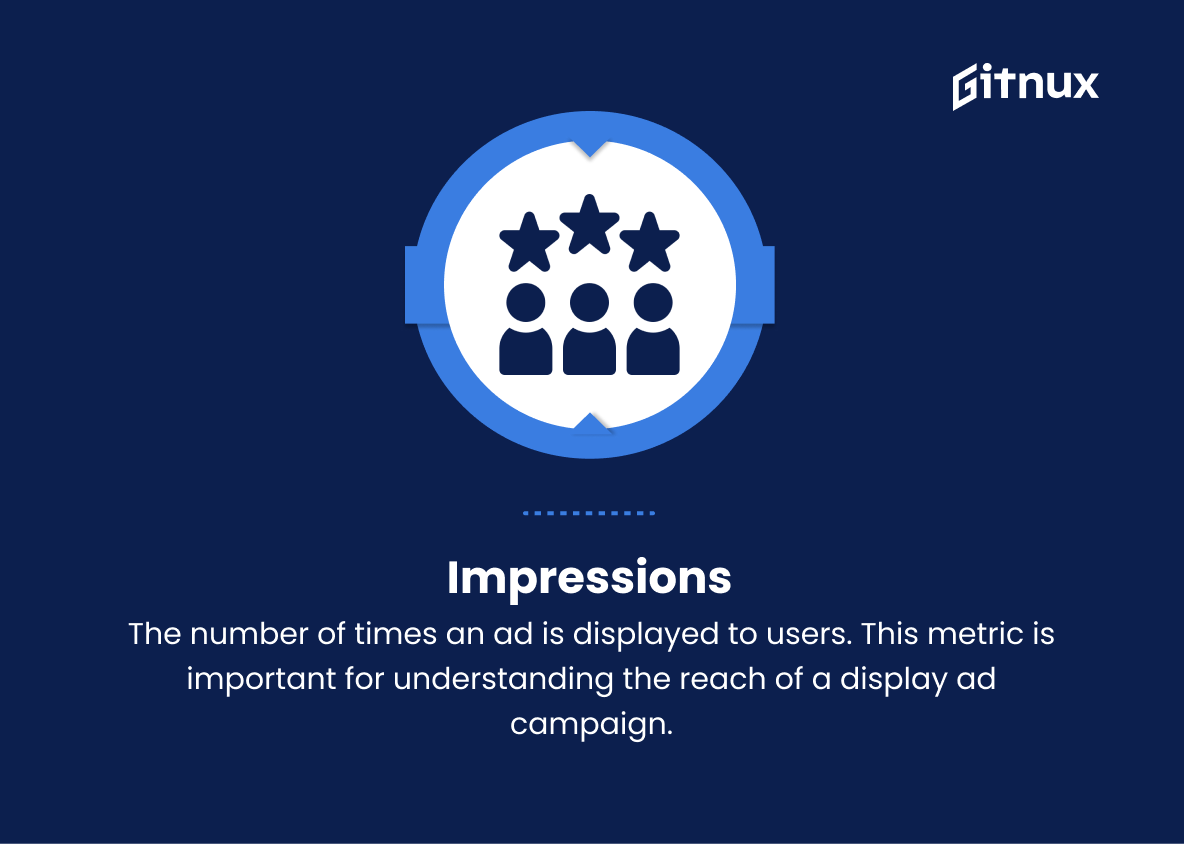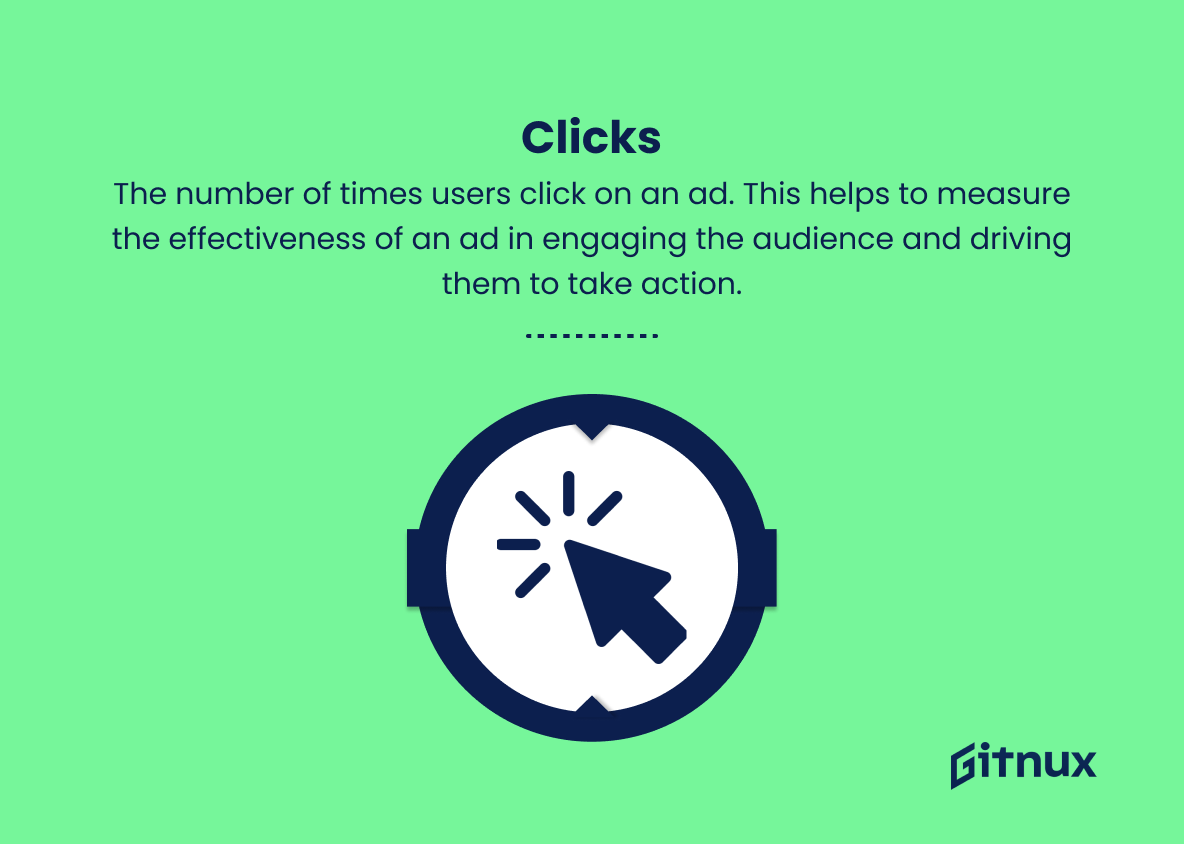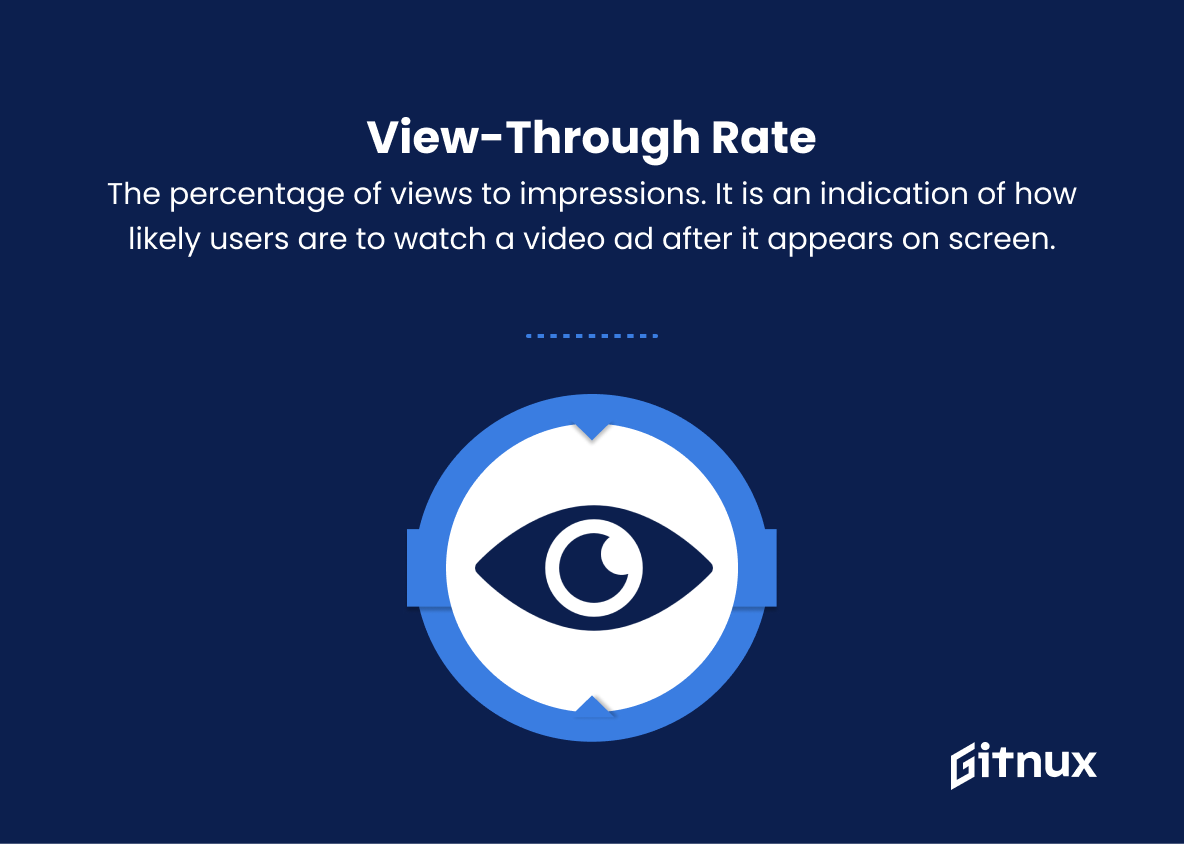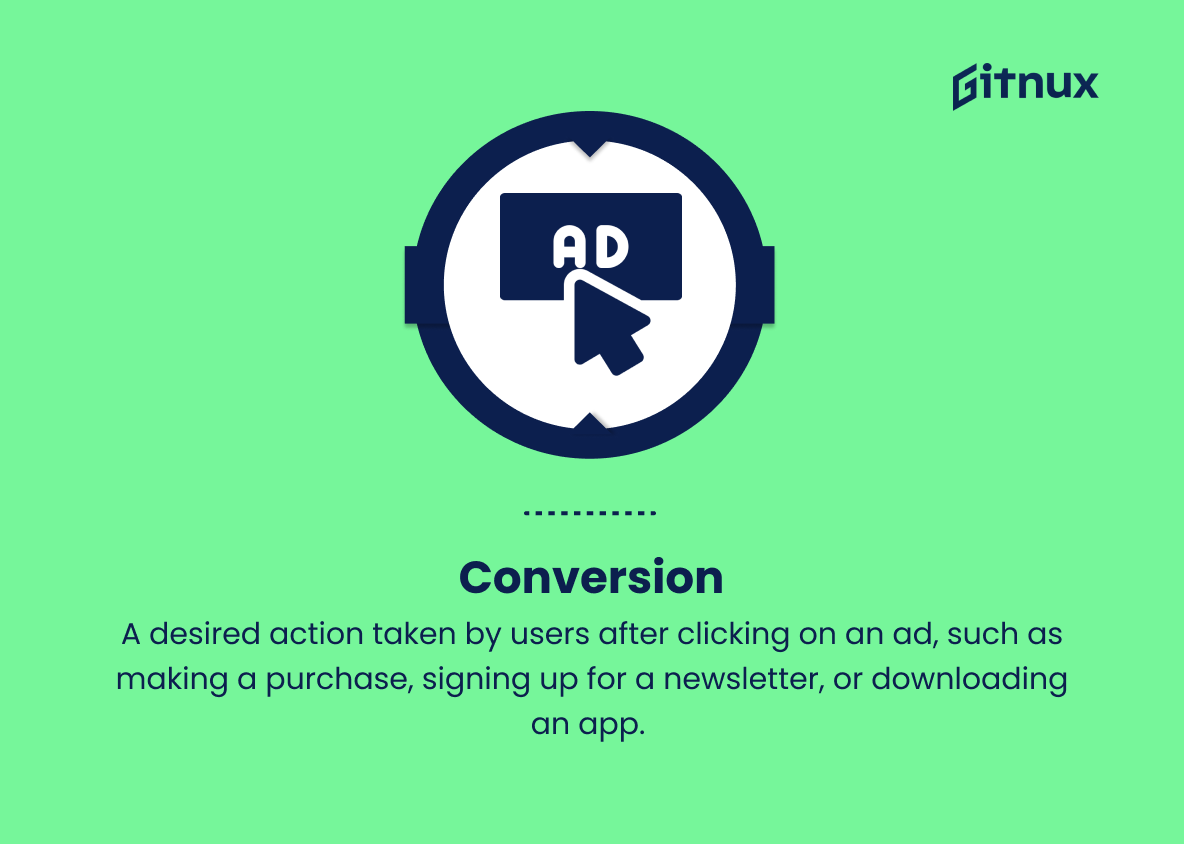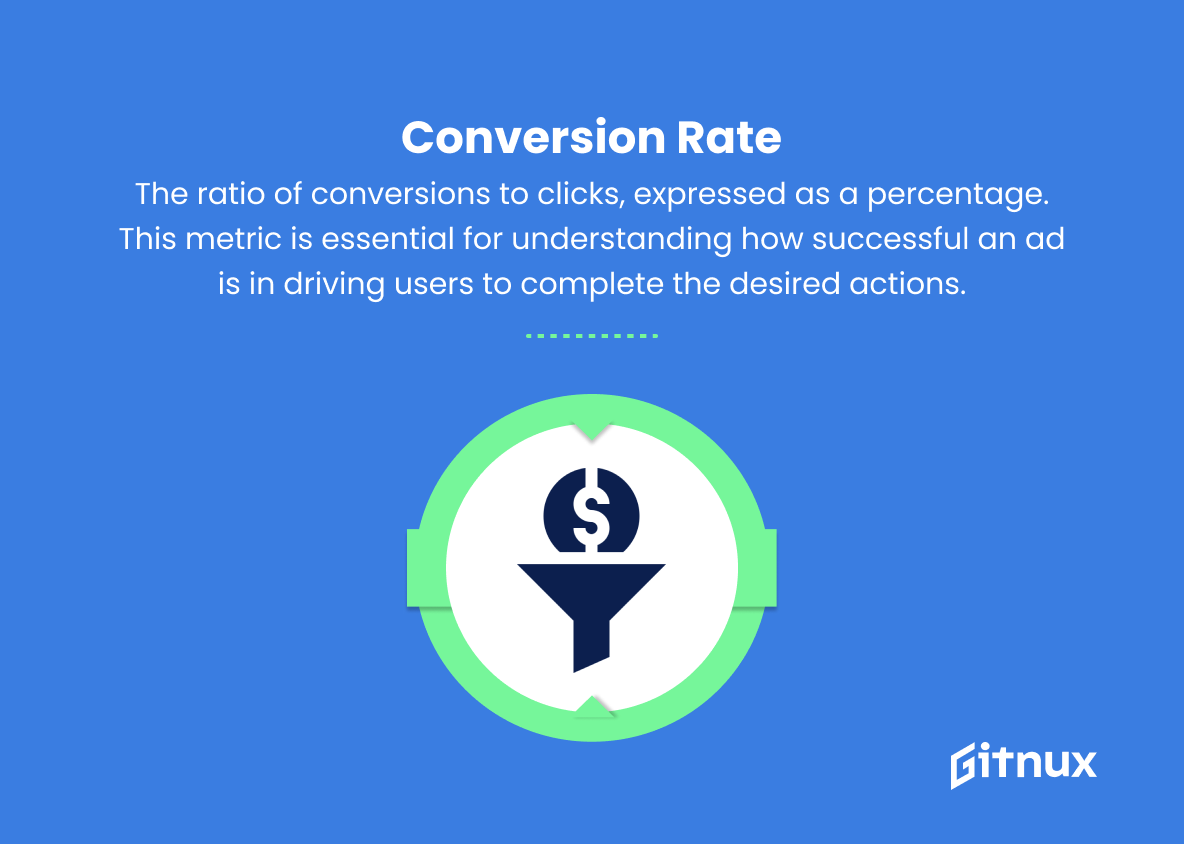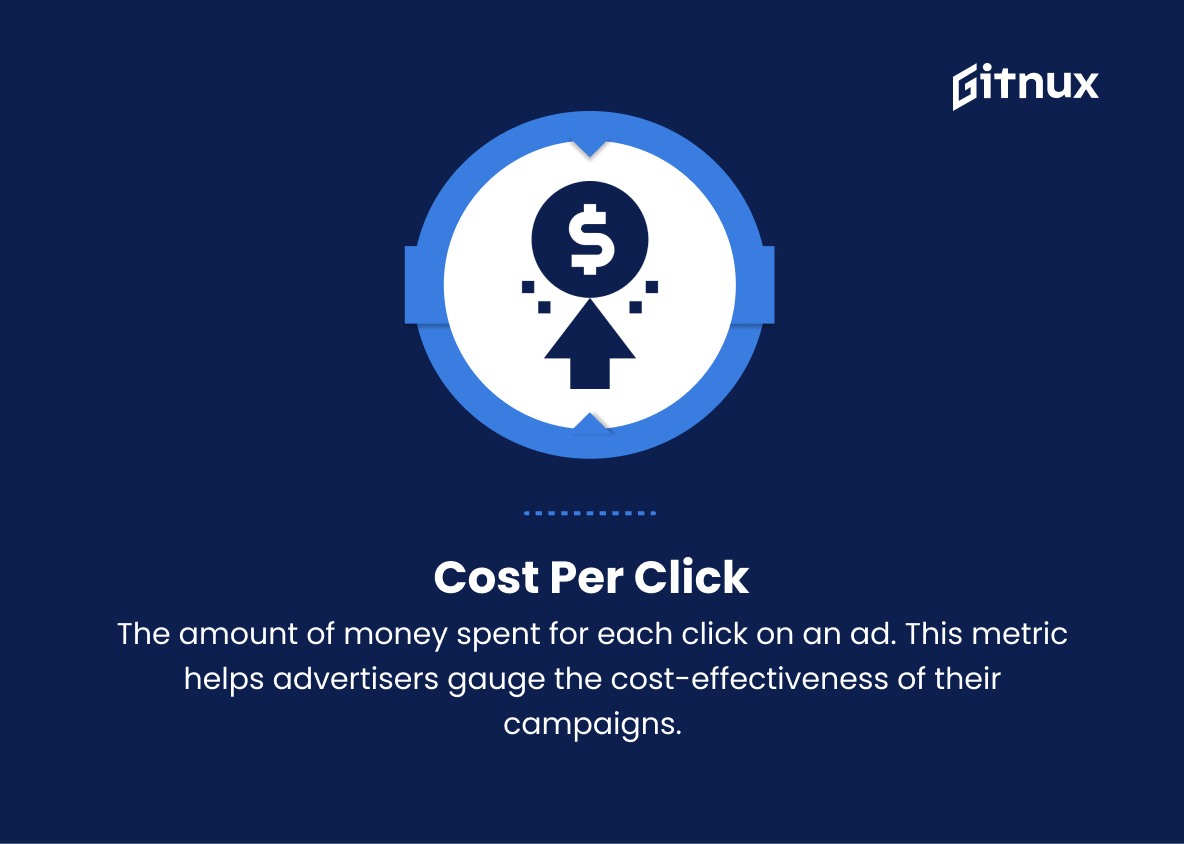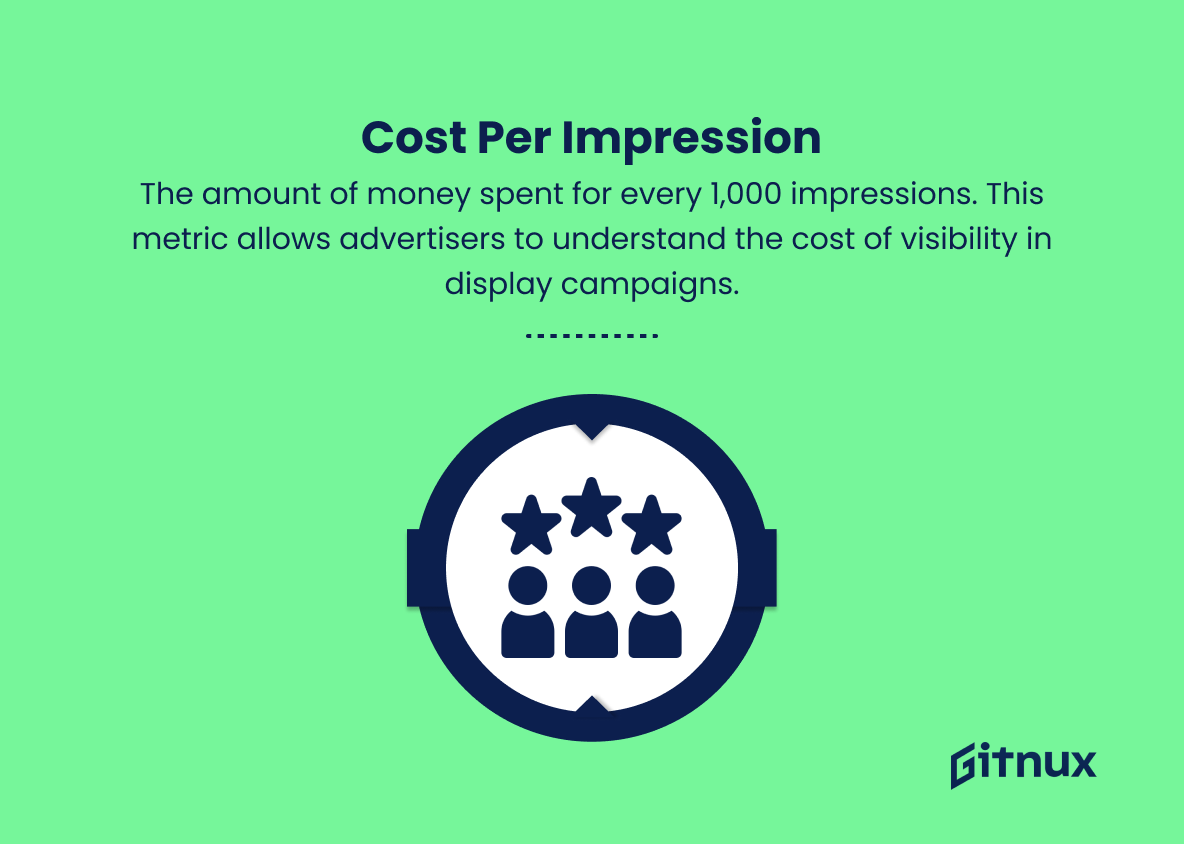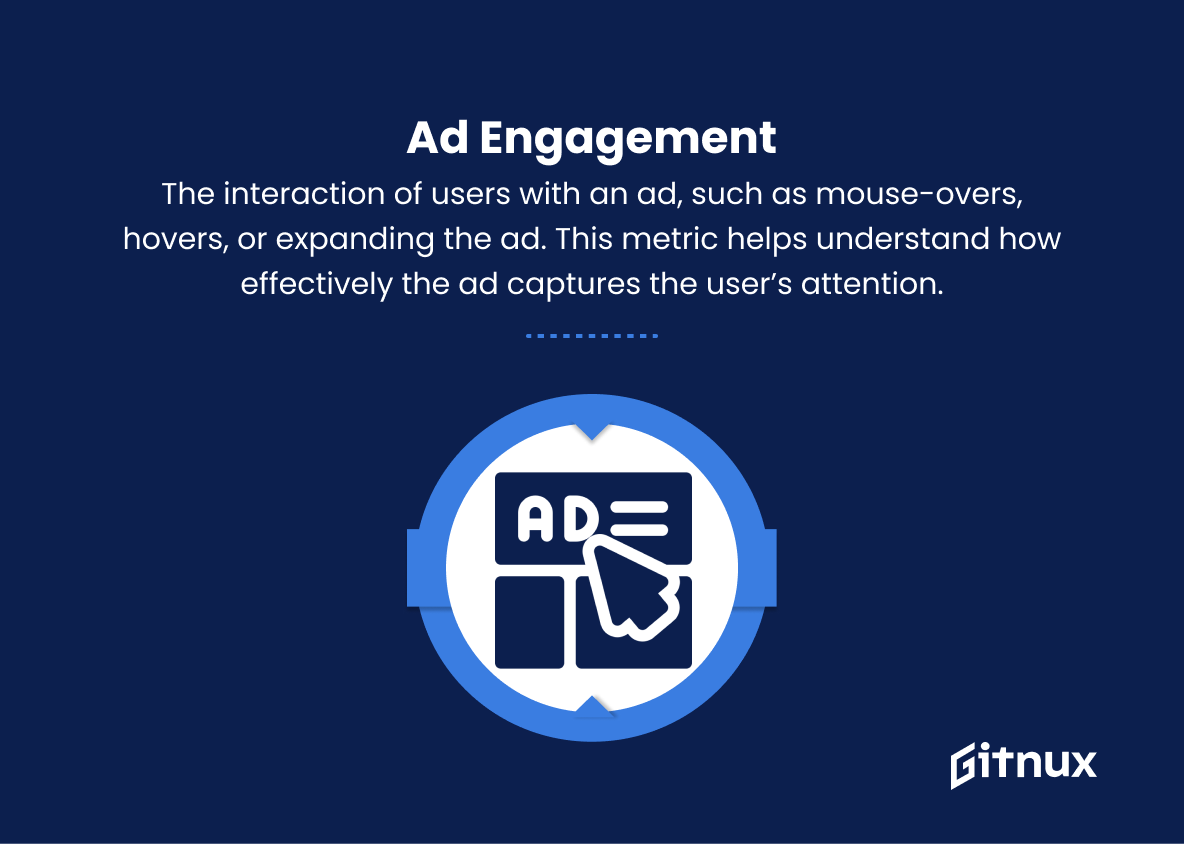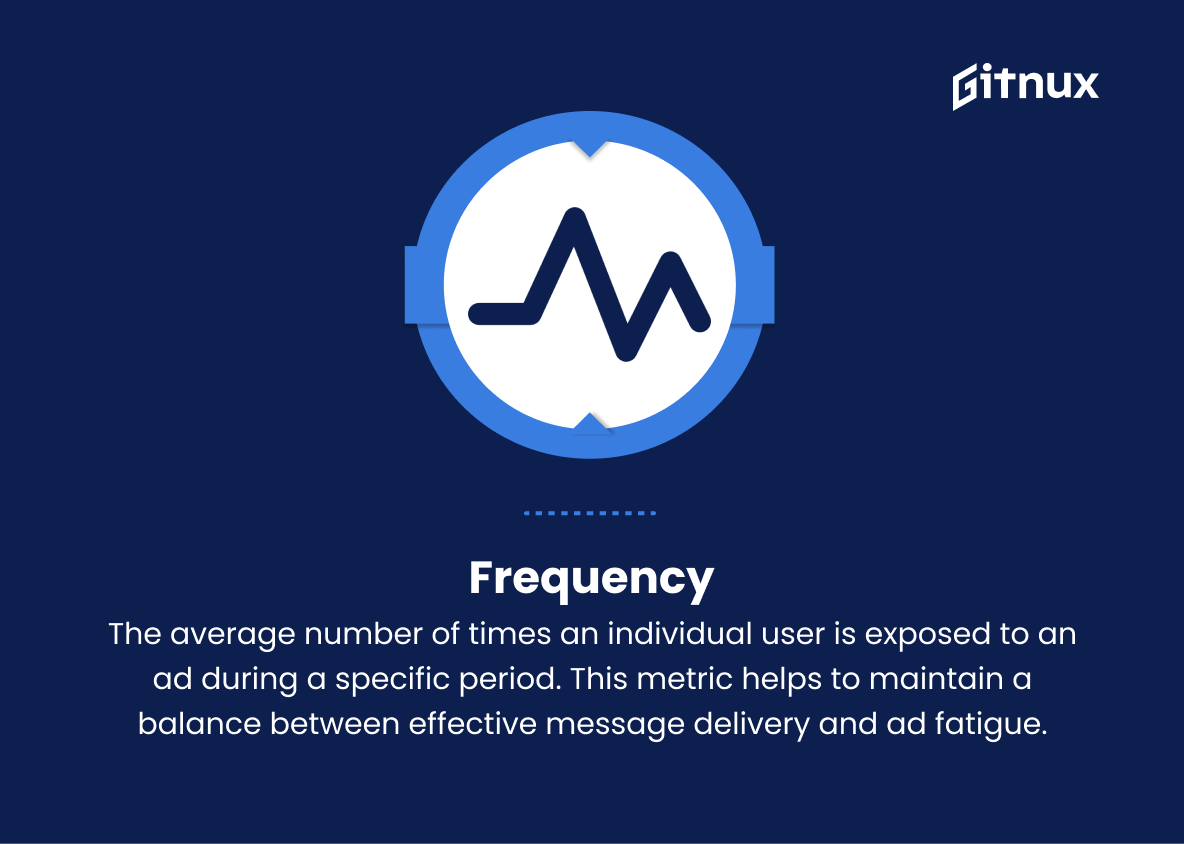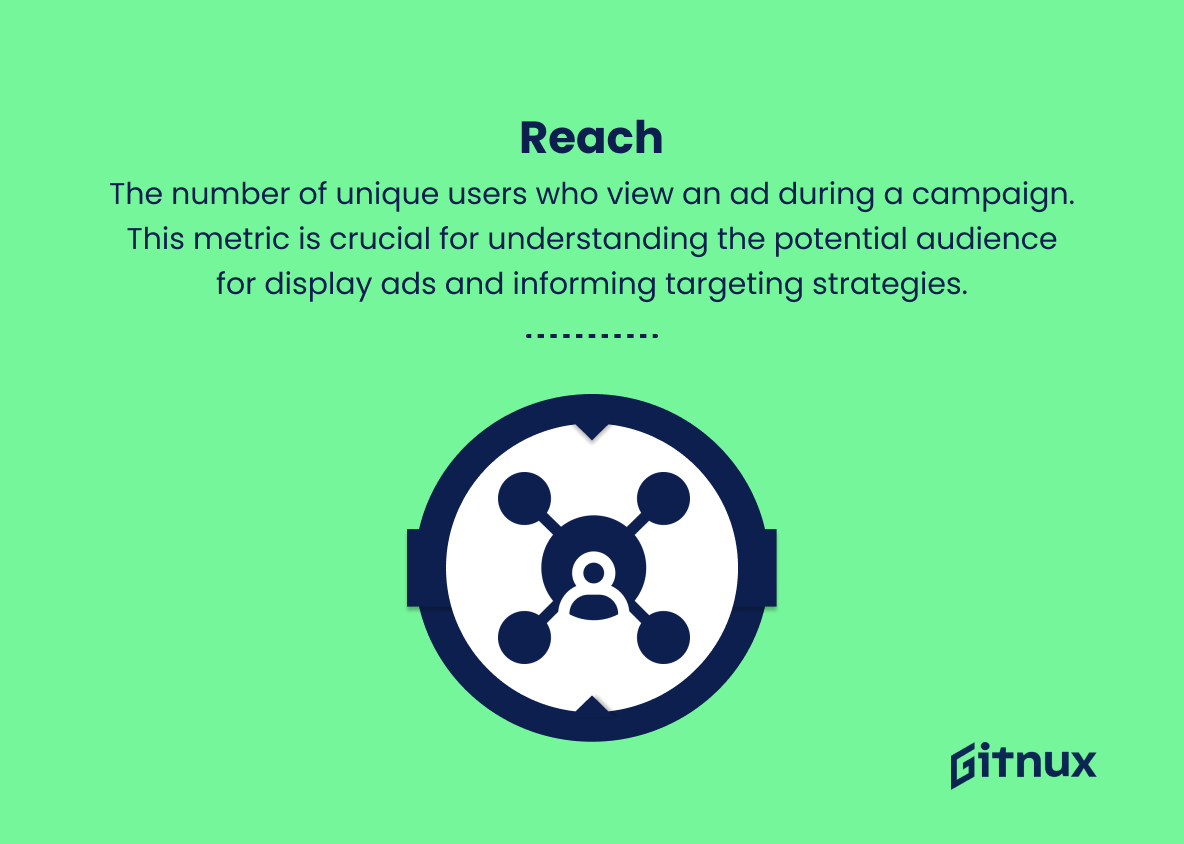Display ad metrics are crucial for effective digital advertising. As display ads drive brand awareness and generate leads, understanding and analyzing metrics is necessary for success. This post provides valuable insights, deciphers data, and fine-tunes advertising strategies for optimal performance and success. Explore the world of display ad metrics and principles for successful online advertising.
Display Ad Metrics You Should Know
1. Impressions
The number of times an ad is displayed to users. This metric is important for understanding the reach of a display ad campaign.
2. Clicks
The number of times users click on an ad. This helps to measure the effectiveness of an ad in engaging the audience and driving them to take action.
3. Click-Through Rate (CTR)
The ratio of clicks to impressions, expressed as a percentage. This metric is critical for evaluating the performance of an ad and is used to compare ads in A/B testing.
4. View-through rate (VTR)
The percentage of views to impressions. It is an indication of how likely users are to watch a video ad after it appears on screen.
5. Conversion
A desired action taken by users after clicking on an ad, such as making a purchase, signing up for a newsletter, or downloading an app. This metric helps assess the effectiveness of an ad in driving specific goals.
6. Conversion Rate
The ratio of conversions to clicks, expressed as a percentage. This metric is essential for understanding how successful an ad is in driving users to complete the desired actions.
7. Cost per Click (CPC)
The amount of money spent for each click on an ad. This metric helps advertisers gauge the cost-effectiveness of their campaigns.
8. Cost per Impression (CPM)
The amount of money spent for every 1,000 impressions. This metric allows advertisers to understand the cost of visibility in display campaigns.
9. Cost per Acquisition (CPA)
The amount of money spent for each successful conversion. This metric is crucial for determining the return on investment (ROI) for display ad campaigns.
10. Ad Engagement
The interaction of users with an ad, such as mouse-overs, hovers, or expanding the ad. This metric helps understand how effectively the ad captures the user’s attention.
11. Bounce Rate
The percentage of users who click on an ad but leave the landing page without taking any further action. A high bounce rate indicates that the ad or landing page is not engaging or relevant.
12. Dwell Time
The amount of time users spend on an ad after it is expanded or hovered over. This metric indicates the level of user engagement with an ad and its content.
13. Frequency
The average number of times an individual user is exposed to an ad during a specific period. This metric helps to maintain a balance between effective message delivery and ad fatigue.
14. Reach
The number of unique users who view an ad during a campaign. This metric is crucial for understanding the potential audience for display ads, informing targeting strategies and budgeting decisions.
Display Ad Metrics Explained
Display ad metrics assess campaign success and effectiveness. Impressions show reach, clicks measure engagement, CTR compares A/B testing, and VTR shows video likelihood. Conversions and rates show goal achievement and campaign success. Cost metrics (CPC, CPM, CPA) show cost-effectiveness and ROI. Engagement, bounce rate, dwell time, frequency, and reach metrics show interaction, relevance, and exposure. Crucial in understanding overall campaign performance and impact.
Conclusion
In conclusion, display ad metrics are crucial for optimizing digital advertising efforts. Understanding KPIs like impressions, clicks, CTR, conversion rates, and ROI helps make data-driven decisions and fine-tune campaigns for maximum impact. Continuously monitoring, analyzing, and adjusting strategies leads to increased brand awareness, engagement, and business growth. Embrace display ad metrics for marketing success.
